Last Updated on July 27, 2021

You’ve heard the story before, John Carpenter made a little horror flick. He shows it to a few people and they don’t get it, they don’t find it scary, thus it didn’t work. So he adds a driving score that he creates on a synthesizer and calls himself the Bowling Green Orchestra and suddenly, HALLOWEEN is born. Alan Howarth knows this because he went to the Carpenter school of scoring. From HALLOWEEN II up until THEY LIVE, he was along for the ride as he co-wrote with Mr. Carpenter and later on, made his own history in sound design and as a composer.
Director Anthony C. Ferrante realized this and when he had the chance to bring him in to score his latest, HEADLESS HORSEMAN, he made damn sure that they would be working together again. Alan, who also worked on Anthony’s earlier film BOO!, seemed ready for the task at hand. After all, the man has made some great music and he continues with his haunting score of HEADLESS. It works on many levels and adds an intense atmosphere to the legend that Ichabod Crane would love to forget.
After getting to see HEADLESS HORSEMAN, I was pleasantly surprised. This is a movie that remembers that horror can be fun. Anthony has a way of offering up a nice build up that leads to the desperate survival of those that remain. Yet he never gets too dark or depressing, he wants his viewers to enjoy the experience. And if you check out The Sci-Fi Channel this coming Saturday, October 27th , check your local listings for time and channel and you’ll have a good old time yourself.
I got the chance to sit down with Alan and Anthony over at Johnny Rockets located at the Hollywood and Highland Center. It’s part of the revamping of old Hollywood to make it a safe place for families in search of celebrities or possibly strange people dressed up like Spongebob Squarepants in Hollywood. And it was there that I had a Pepsi and listened to stories of working with John Carpenter and making a low-budget horror movie look and feel like a multi-million dollar one. It was a fantastic conversation and I was happy to hear that Mr. Howarth will be delivering a treat to all of us that loved the score to HALLOWEEN III: SEASON OF THE WITCH. Come on, whether you dug the movie or not, the score rocked. It will be available through his website at www.alanhowarth.com coming soon. Make sure you check it out, and have some fun reading about two guys who love making movies and music.
Anthony C. Ferrante/Alan Howarth Interview

Little ghost girl from BOO!
Anthony, with BOO and HEADLESS HORSEMAN, you are sticking with the Halloween theme. Why are few directors exploring that holiday within horror?
Anthony C. Ferrante: Well, first of all, when you go back to BOO, HEADLESS HORSEMAN was a fluke. I got offered the movie and it was set on Halloween, and I go, ‘oh great, another movie set on Halloween.’ I gotta do something a little different because I didn’t want to repeat what I did with BOO. But I like Halloween, I’m a big fan of HALLOWEEN, the original movie and the series. I grew up with it, Michael Myers terrified me as a kid and I saw the movie, and it was cathartic seeing the movie. And I always wanted to do one of the HALLOWEEN sequels, and a friend of mine and I kept doing treatments and we never got the opportunity.
And finally at some point, maybe eight or nine years ago, I said, well, f*ck it, I’m just gonna write a script set on Halloween and retain some of the cool ideas I had for the Halloween movies and just make my own thing. And so that opening of BOO, was designed to be part of a HALLOWEEN sequel, which never happened obviously. So that was my homage, that was one of my favorite sequences. It’s a great opening, and it’s a great twist, because you think it’s gonna be one movie and it becomes something else. I get knocked a lot because people say that it’s SCREAM.
But it’s HALLOWEEN. If you watch it, it’s a total homage to the first HALLOWEEN. The way it’s set up with the suspense and all of that. So, you know, I think Halloween is fair game. And I think a lot of the times, filmmakers that try and do it, they don’t take the lesson from HALLOWEEN, which is, use what Halloween is. It’s about scaring people, it’s not just about goofy costumes and all that stuff. So I think sometimes maybe they are afraid because HALLOWEEN had already done it. But I’m not making a slasher movie, at least, in both cases they are not like Michael Myers roaming around. It’s a great holiday, colors, pumpkins, I mean, I’ve always loved Halloween.

Anthony C. Ferrante with the Horseman
It seems like as a filmmaker there is so much you can do with it on a visual level.
AF: I think some people are starting to run with it, but my whole thing, with BOO!, it’s Halloween and you’re scaring people, so have it make sense. I hate these movies where people decide on a random night, ‘Oh, let’s go hang out at the abandoned hospital where several people died.’ It doesn’t make any sense. But on Halloween, I kind of buy that. Or around Halloween I kind of buy that someone’s going to do that. In the original script of HEADLESS HORSEMAN, and it’s still there, is that they’re going to a Halloween party.
The one thing though, and I had this fear, and I never gave into it in either movie is that, I didn’t want to have any of the people dressed in costume. Because I didn’t want to have them stuck in costume the entire movie. Because I thought that would take away from it. Even though you see Freddy in BOO! in the clown costume and there’s references to costumes in the movies, I had a complete fear of it. Because I just thought it would cheapen the movie. Yeah, I figured they [were in] the van and they would get dressed when they got closer to the party. So that’s the one thing that I kind of stayed away from.
Speaking of Halloween, Alan [Howarth], the man, the myth, the legend, how did you two get involved?
Alan Howarth: You interviewed me once didn’t you?
AF: Yeah, I interviewed Alan, probably… you see, this is where we were getting fuzzy, it was either, I met you on THE DENTIST, or I interviewed you first. Didn’t I recommend you for THE DENTIST? Or did you know Brian [Yuzna], how did you get the job?
AH: Well, I think you recommended me to Brian.
AF: Okay, so… I think… it’s vague. About ten years ago I worked on a movie called THE DENTIST, one of my first films in L.A. that I’d done. I supervised make-up effects on with Brian Yuzna. And I interviewed Alan for Fangoria, and I think I recommended Alan to Brian.
AH: Brian Yuzna.
AF: Brian Yuzna, the director. And then he ended up doing two of THE DENTIST movies. And I was working on a short film which is not a horror film, it’s called GOD TALK, it’s sort of a dark comedy and I asked Alan if he’d do the score for me. And he agreed to do it which shocked me. And also, he taught me to do sound design, because I needed to do sound design. So I ended up doing all the sound design on this thing and learned a lot more than I would have ever learned, and it’s [thanks] to Alan. Again, I grew up listening to his stuff. It was just like, really cool and he was amazing, an amazing guy.

Alan Howarth
AH: On GOD TALK, the main characters done with a narrative. We got Bruce Campbell to do it, and I’d already worked with Bruce on ARMY OF DARKNESS. So it was like old home week, and Bruce shows up, ‘what are you doing here?’ so it’s all come together. And with BOO!, it was scored by another person, version one. So on BOO! I just did half a score.
From the early work with John Carpenter to now, how have things changed for the composer? What do you look for now as opposed to then?
AH: Well, the technology has changed the most. When John Carpenter did the first HALLOWEEN, he did music ques through quick track and a stop watch. He didn’t get to watch the movie. There was no synchronization between the movie and the music. When we got to ESCAPE FROM NEW YORK, I had the idea of taking the videotape and actually rolling the videotape and watch it and play the music, and he thought that was great, it was a huge upgrade. And eventually got to the point where we had synchronized tape and audio and we’re still it real time, I mean, we still played. When we got to this big, seminal moment with BIG TROUBLE IN LITTLE CHINA, we actually had computers and midi sequencers. So now, you don’t play it through the tape recorder, you played it though the computer. Edit, weed out and thin out, you can adjust your timing, and also you can gang all… every synthesizer in the room together, one shot to one track. So all of a sudden, sound expanded. It’s just a great opportunity. I reflect on BIG TROUBLE a lot for what I did for HEADLESS because, the one thing we had on BIG TROUBLE, we had time. We actually got to score the whole movie and then go back and listen to ourselves and really flavor it out. The score on HEADLESS took about six months.
AF: Here’s the thing with HEADLESS, he wasn’t hired on it right away and so what I did was, we went in and I had him do some stuff to get the gig. So, basically he scored the opening and maybe one other scene and basically took it into the producers, because I wanted him. I didn’t want to go with anybody else because I knew that the only way to do this movie was to have Alan scoring it. Because a lot of these shows, they come, two weeks they’re in and then they’re out. So by the time that it was approved, and I know these things go quickly so that’s why we did it early enough, the score was lived in. So he’d done it, I think a lot of the themes were kept in, we kind of reworked the opening some more after that. So it was just kind of like you got them to start, you got him the job.
Again, because the visual effects were done on time. It was just a really great process and we went all over the place. I mean, I’d be in there sitting with Alan saying let’s work on this, and he’d work on the middle of the movie. It was scored very weird, we’d do little sequences and then eventually we had to start going from the beginning to the end. But it would be like getting little themes and melodies. So by the end of the movie we had so many melodies and themes, then it was just a matter of where to put them all. In fact, one of them which is, I think, a great one you did, when he’s going to the junk yard. I think we only used it once there, but it’s the junk yard scene and it’s effective.
And also, he can talk a little more about it but he had this whole palette of sounds that we got to play with. And part of doing music, I mean, I have a music background, so I’m really into what the sounds are, is finding your palette. Like, we knew the palette that BOO! was, and this one was, we were originally trying the Digery Do thing, which we experimented with on something else for a trailer and we thought let’s take that to the next movie. It didn’t work. It got buried and it didn’t work. So there’s a lot of these string sound and Alan can explain more, but once we found the palette, we knew what we were going to use and what we weren’t. And, [To Alan] you remember more specifically what I said we can’t have right? Remember there were things I said, no we can’t have that?

into having any brass really, he wanted strings and I did get a little bit of flutes and woodwinds in there and a lot of percussion. And he wanted orchestral, even though it’s still all on keyboard. As an example, this is the first time I had the entire Vienna Symphony in 3,000,000 little bits and pieces of samples. So when you play the keyboard, you’re not playing an electronic sound, you are playing a digital recording of a real instrument being played by someone who really knows how to play that instrument. It’s kind of like the upgrade… in the old days, special effects, visual effects were in-camera tricks and rotoscoping, and now it’s gotten to this whole thing where now you can create anything you want, and music has exploded in the same way. As an individual composer, I can create orchestral sounding pieces, and it’s all orchestra, in my room. They’ve all been recorded off-line and as a composer you’ve got everything at your fingerprints. It’s much more amazing to do now.
AF: The other thing that’s interesting is now that I have a background in sound design, we didn’t really know what was going to happen with the sound design because on these shows you just never know what you’ll get. We had a really great company that came in and did sound design. But the other thing that was sort of an ulterior motive with the score, which is why it’s not like BOO!, BOO! is a scary film, it’s kind of small. This is a bigger action movie that needs to move things along and propel it. But at the same token, music needs to access and serve as a sort of secondary sound design element. And luckily we had the time because that’s where a lot of it went to, was those nuances. You’ll notice the score performs a lot of the functions that sound design normally would. And I think that’s one of the really nice things about this score. It really works because it’s part of the movie but it also helps the movie too because it’s moving it along with these little sound design elements.
It’s really an amazing accomplishment for a film like this to have a sound this big and this huge. And again, I think this is one of Alan’s best scores. He was doing games for awhile and he got out of it, the scoring business for awhile. And I think it’s been a shame because he’s really talented and I’m hoping now that he’s done BOO! and HEADLESS, and now he has EVILUTION, that people are going to rediscover him and what a really great composer Alan is. And he also did a lot of co-composing with John [Carpenter] so he’s kind of tied to John, and I think this is a chance where… this is Alan, this is what Alan can do. And it’s amazing.

On the set of BOO!
AH: Reflecting on John for a second, John really respects people who go off after he’s worked with them and goes off on their own and do well. You know, he wants people to not be on his coattails, to actually find themselves. With Rob Zombie doing this latest HALLOWEEN, he told Rob, make it your own. He’s a great guy, a really great director, he’s a person who doesn’t get very emotional, he’s very logical and calm. He thinks on his feet. So those are all the things I learned from him, being in the same room with this guy for eight or nine movies. So the sharing of the knowledge, he was totally open.
Meanwhile I was into all the technology… sometimes I’d try and show him how it works and he’s like, ‘I don’t wanna know how that works. All I want to know is that I push that button and it makes a noise. That’s enough for me. You deal with all that stuff. You’ve got the mind for it.’ So now I’m doing both things, dealing with the composing and the technology and also… as he said, I did some video game stuff and at one point I had a post production studio where I had staff and stuff like that.
It comes down to really enjoying being one guy who’s got his own scene under control, all by himself. And so, at the end of the day I actually get to keep more because it’s just me. You know, instead of I’m pulling two other guys and a staff and the facility also, with some of the money going out. This way I just keep it and you saw the facility at home I built. I feel comfortable, there’s nothing I can’t do there.
Your home system is amazing. Can you describe it to our readers?
Sure, in La Canada I bought a home and the intent was to build a home studio. But still a professional studio, it’s not a garage studio or anything like that, it’s full pro. When I was in electronic arts, I actually built over a dozen studios for sound design and composing for video games so I had just come out of that, so I knew all the latest technology and I knew all the acoustic design. Then I had the proprietary stuff that I’d worked in, where I’ve upgraded now just to the idea that in surround sound we call it a 5.1, which means there are three speakers up front and all those speakers that surround the theatre, are really only two channels of audio. This would be about 1995 and I said, ‘well, what would be the next thing?’ and we said if you want to do it right, you’d put a speaker everywhere. So for my system at home, I actually have a 48.6. So it’s actually forty-eight speakers, forty-eight amplifiers and forty-eight audio feeds, one to every speaker. That’s the idea of sound emersion.
Right now, I’m working on a film called THE SPIDERWICK CHRONICLES with Paramount. Huge show. And people over there, I talk about what I have and their all talking about 3-D and what would be the sound system to go with 3-D. Well, it turns out this 48.6 is the idea. It’s full emersion, it’s gonna start coming off the screen and the sound system will come off the screen and in the room with you. So in some ways I’ve always been a cutting edge kind of technical guy.
So in between the advance sound system and now the digital orchestra, the equipment and having a high def digital projection now. And it’s so great, everything’s on the internet now. Literally, it’s FTP drops and you drop your cue in and pull it back from Paramount. They give you quick times and load it over night and… it’s just great. Something I had in the 80’s, I actually had a nice home studio and that’s where I did all the stuff with John Carpenter.

AF: It’s low overhead. It seems like work comes when you have no overhead. When you have overhead it’s much more difficult.
AH: I think the first score I did there was a movie called THE LOST EMPIRE. The first Carpenter score I did there was BIG TROUBLE IN LITTLE CHINA. It was a studio at home where I had all the stuff. And I really enjoyed it, because I am married, I have a family so rather than being locked up in some room in Hollywood, to be home and have lunch and dinner and put your kids to bed and tell them a story, and still be able to work. Everybody would like to get off the freeway and accomplish everything from home. It’s better for the family, it’s better for the guy who is working.
The internet enables so much to be delivered electronically that you don’t have to do all the physical movements anymore. I think you’ll find that more and more in every craft. I had pretty much acquired all this stuff, I was pretty much a rock and roll guy, I toured in bands and I played in big shows and stuff like that. All that was great but once you finally have a family, you don’t want to have to do that, you want to be with your people. And at the end of the day, there’s two things… one, you did all these movies. And the other thing is, you’re raised some kids. You put some people on the planet and you want to make sure you did a good job. That’s why I got this nice home situation. It really frees me.
We can edit the movie there, we can get our picture editing there if we wanted. And you can use the house as a set. Make our own movie, so, as an artist, I’m growing now in many directions.
One of the things I’m working on is healing with sound. So I’ve got a whole study now on using the frequencies that are natural in nature. And I discovered this all by studying the sacred geometry of the pyramid in Egypt. Mathematically the… a buddy of mine Wes Bateman took apart the pyramid with mathematics, and he discovered that there’s a mathematical system that’s built into the pyramid. It’s a monument in mathematics. And then, mathematics is natures mathematics. It’s based on two numbers pi and phi, pi being 3.14159, you know, the ratio of the circle to Syameter and phi being the Golden Rectangle of the Greeks, one side is 1 and the other is 1.61. So if you look at your hand, and you measure that knuckle as one unit, this next one is 1.61891. And so whoever designed human bodies, used these ratios. And the ancient Egyptians understood this. Since then, [you can] identify the musical frequencies, I call it RA Music, you can go to a website called www.RAMusic.org and it’s all explained there. And now I’m taking music and looking at it as healing.
I’m working with all kinds of stuff now and when I was working with John Carpenter, it was really easy to be Mr. Horror Movie. He was John Carpenter. Excuse me, it was over, I mean he calls on the phone, get another movie, and another and another. So THEY LIVE was the last movie I did with him and that was about 1988. And he went off on his other journey and I went off on mine. But, you know, I went to the school of Carpenter so when I worked with Anthony, I bring all that with me. And Anthony is someone who wants to collaborate. So I was fine with Anthony sitting down at the keyboard and tinkling around saying, gimme something like this, and I might not include his performances but still I was able to use his ideas and Anthony created all these songs that are sort of these weird Southern American, deep South type tunes that play on radios or something like that. They give mood to this world that Anthony created around THE HEADLESS HORSEMAN, and it pays off. It pays off, it makes it very entertaining. It adds a lot of color to it.
AF: On these shows, there is no money to license these songs. So Al and the other person I worked with musically, a guy named Robbie Rist who was Cousin Oliver in “The Brady Bunch”. A really great guy, incredible musician, and he’s a rock guy. So I can go in and go Robbie, I need something that sounds like this musically, can you help me? Because he plays all these instruments and he can do it. And on BOO!, we needed two blues songs because I needed something that sounded like a blaxploitation movie. So we sat down and put these things together. I mean, they were down and dirty, two guys in Northridge writing these blues songs and they sounded great.
So on this show, when it looked like we weren’t going to be able to license songs again, we attempt all this cool stuff and were like, ‘well guess what, now we gotta do this gospel and bluegrass and stuff…’ and it’s just so bizarre when you realize, you know, it’s like the score, it’s like, two guys screwing around and you end up with this stuff and it works. And it’s just really fun working with these people that you can collaborate with because that’s what moviemaking is.
All the people that you work with on these movies, if they’re into it, you get better stuff. The actors in HEADLESS and BOO! are all people who wanted to be there. Everybody worked very, very hard. Some of them, it was their first movie. And you could see people really working hard, and the same thing with HEADLESS. You know, there’s a lot of stuff where we just didn’t bother working with things, just to try and make it more natural, down to the DP, down to the make-up people, it’s all about working with talented people.
Let me know what you think. Send questions or comments to [email protected].


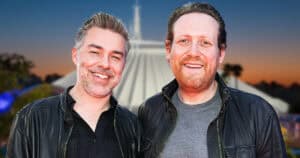

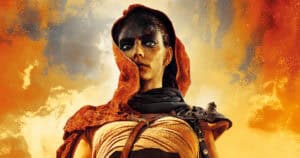
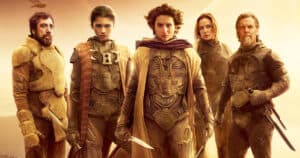
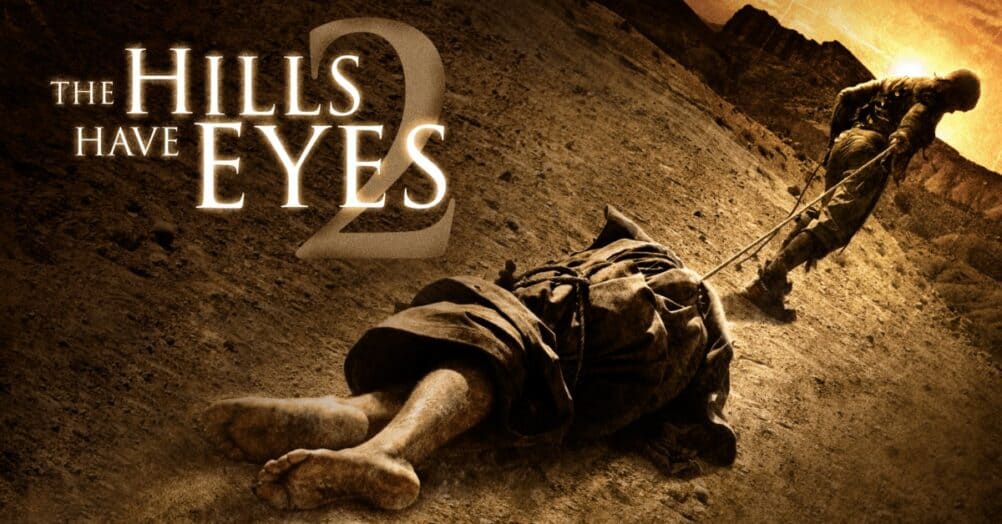
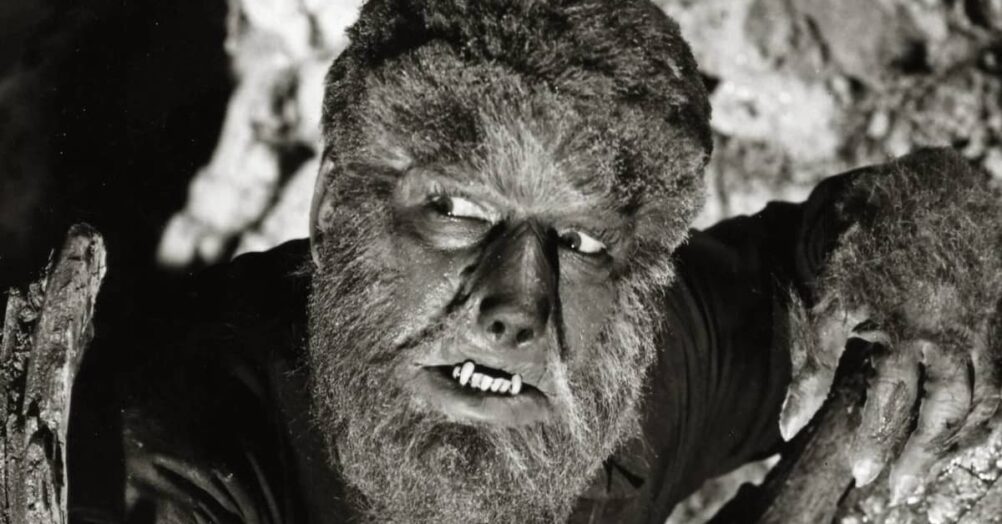
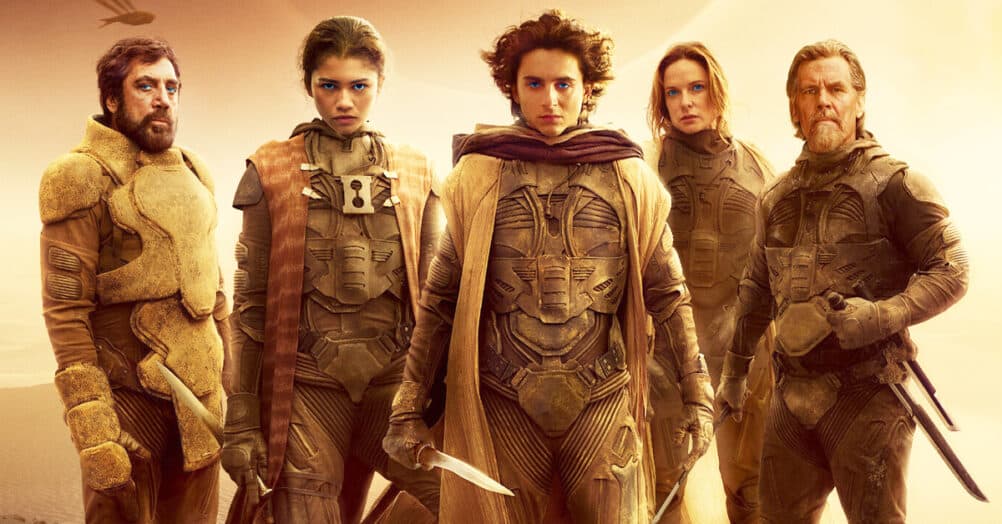
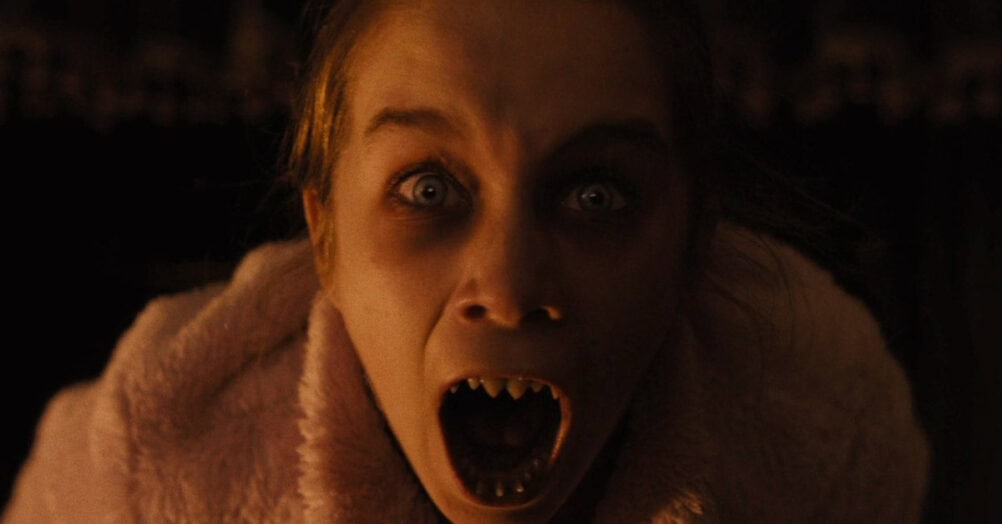
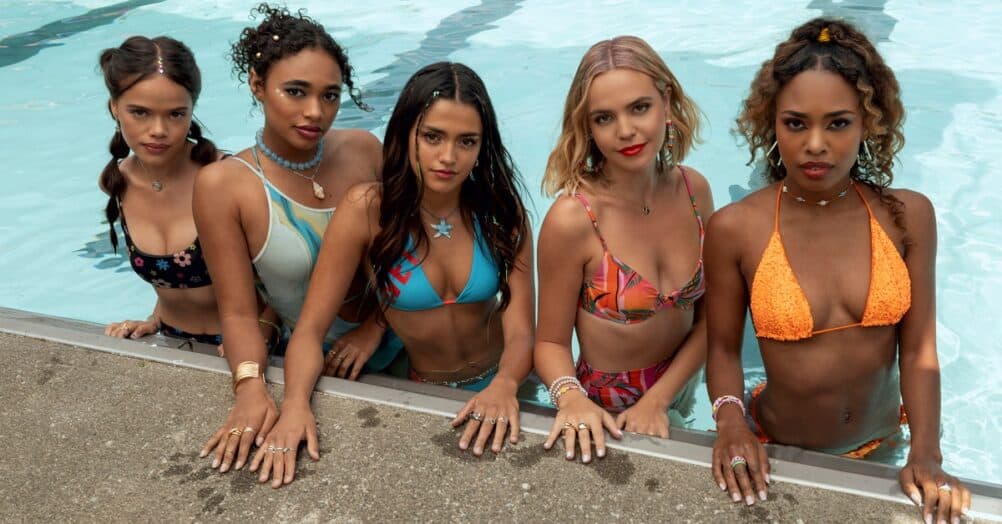
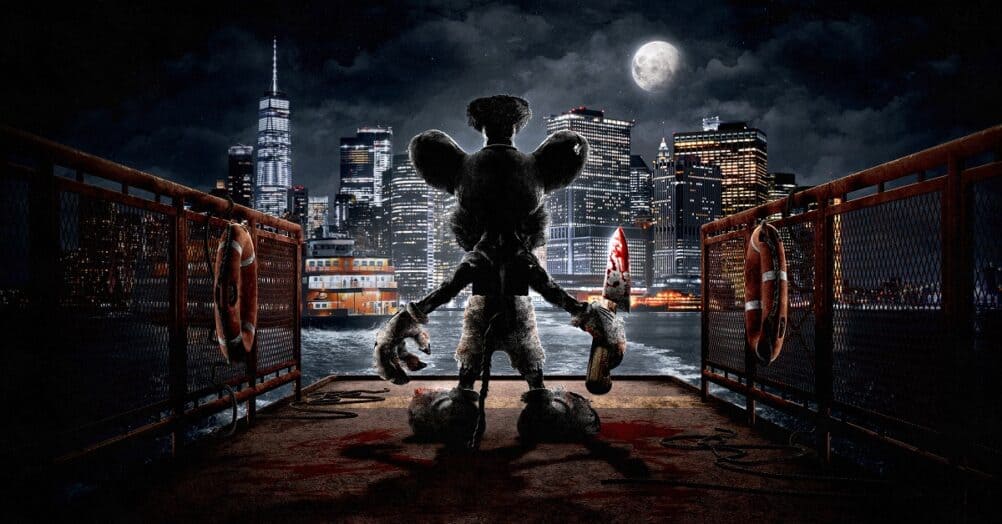
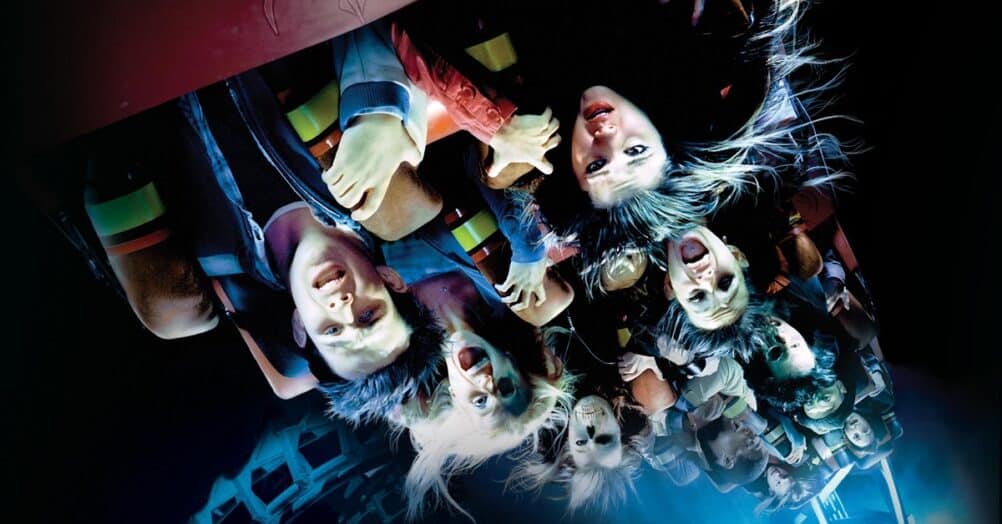
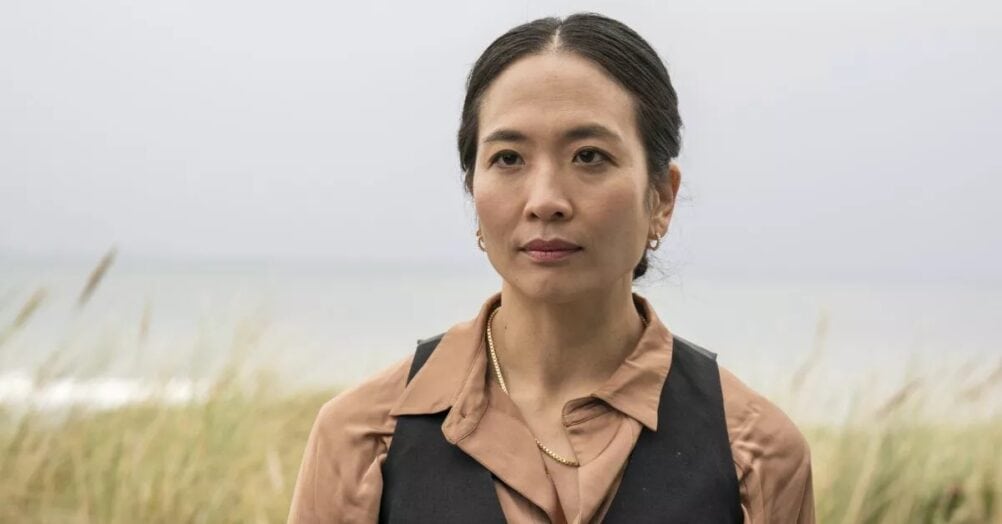
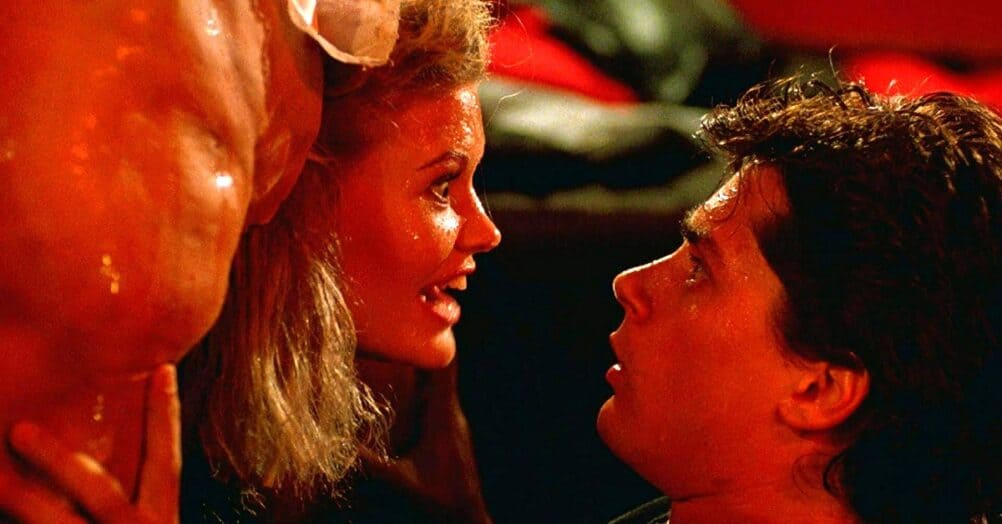
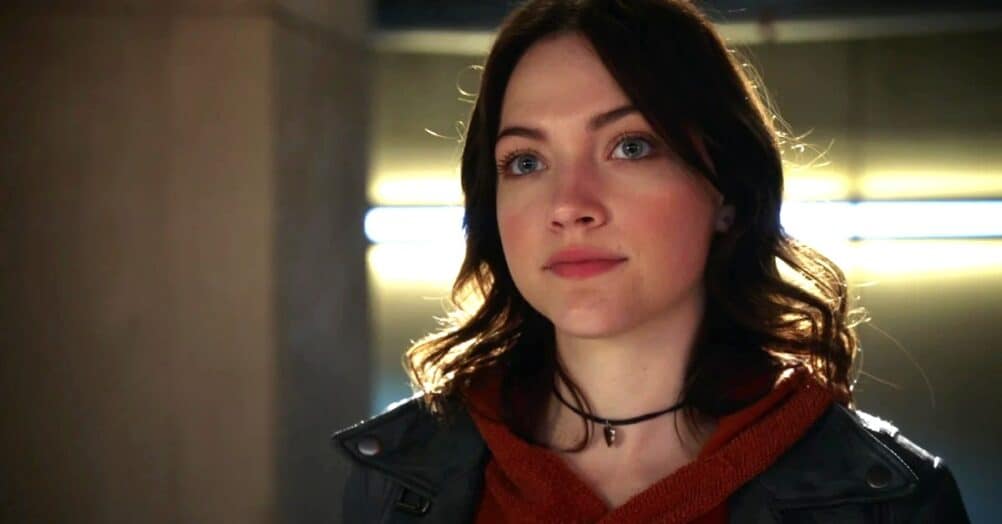
Follow the JOBLO MOVIE NETWORK
Follow us on YOUTUBE
Follow ARROW IN THE HEAD
Follow AITH on YOUTUBE